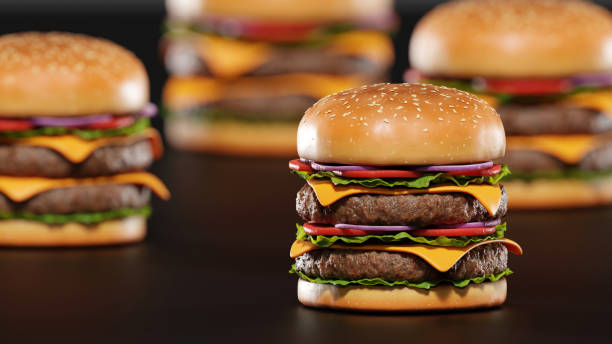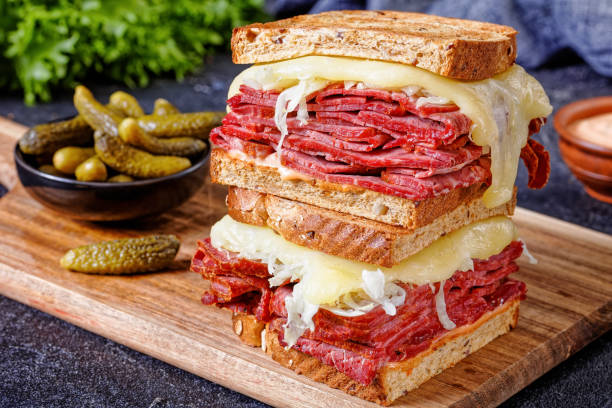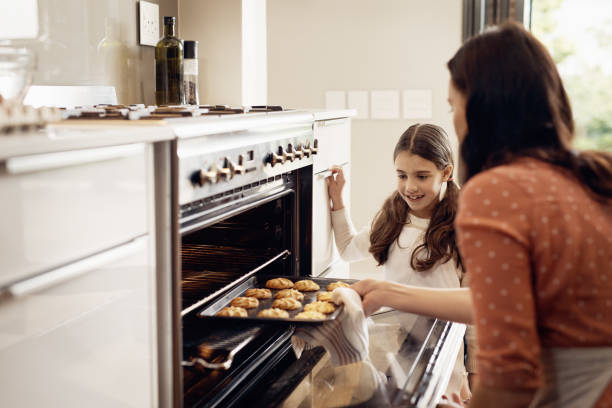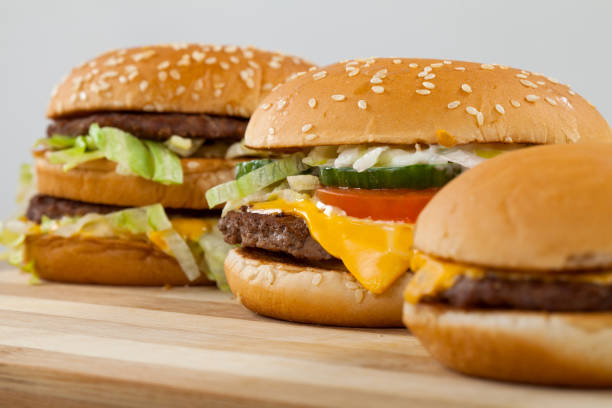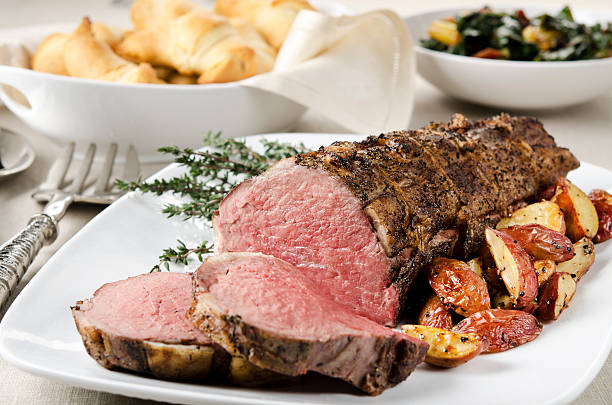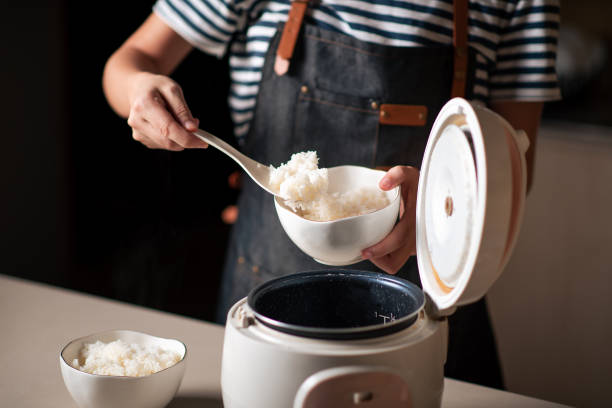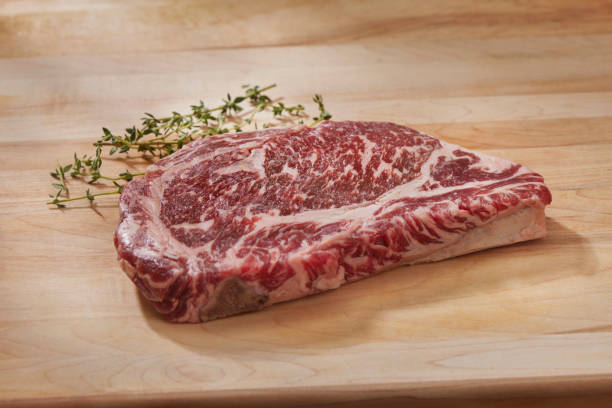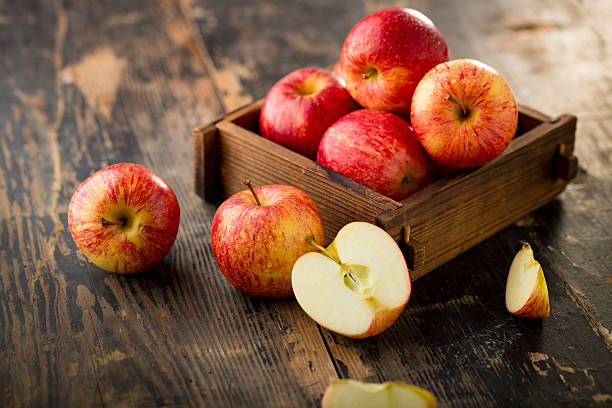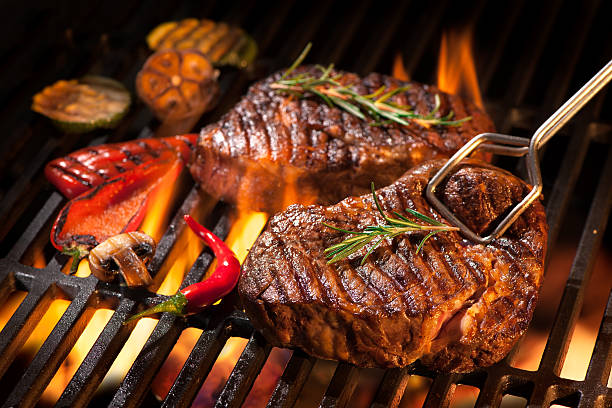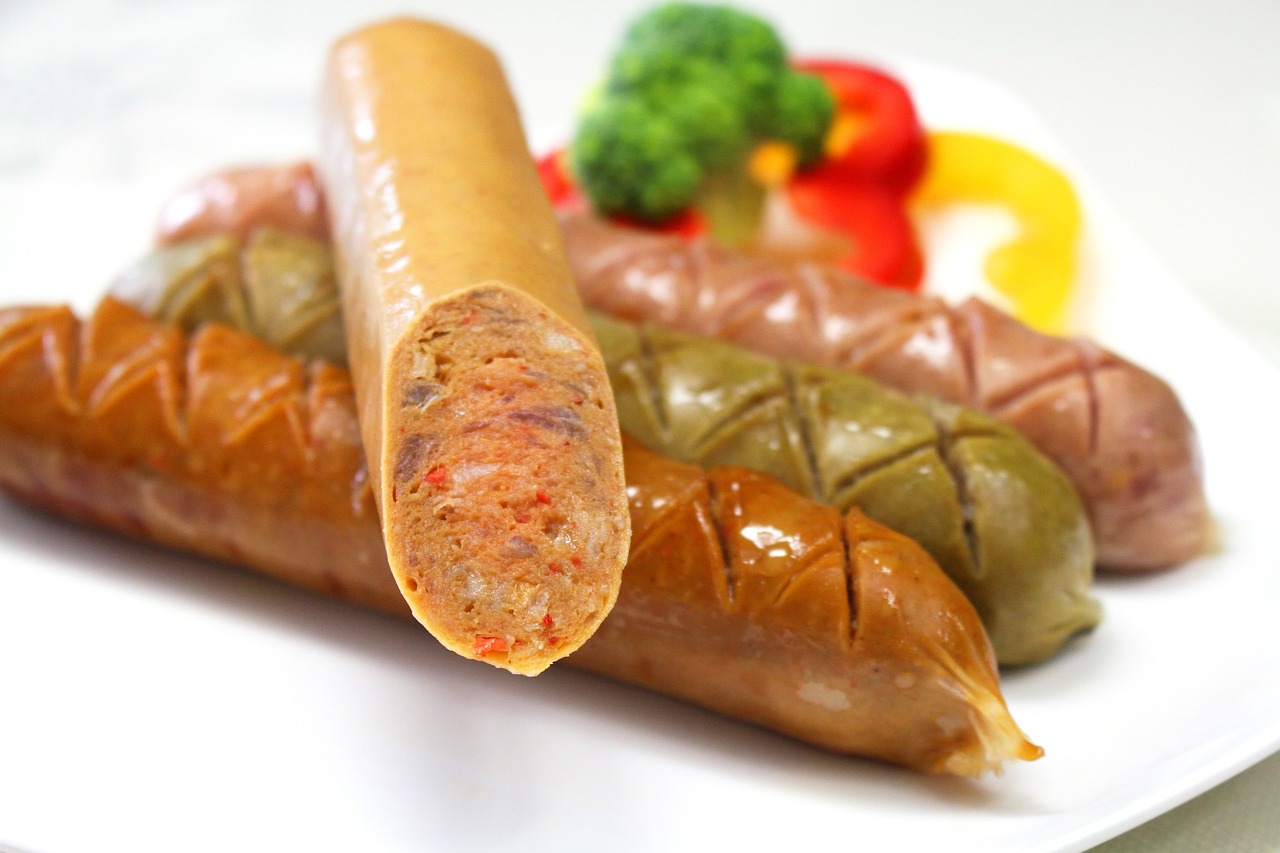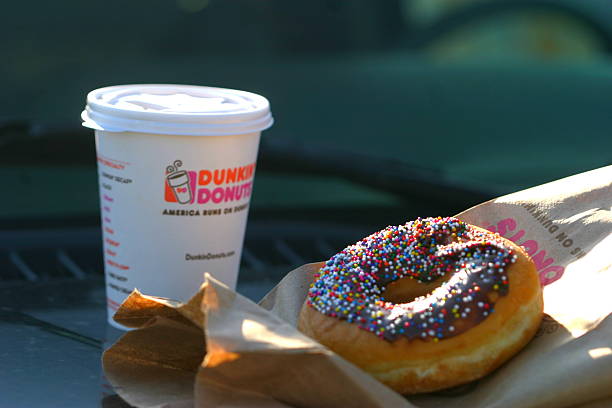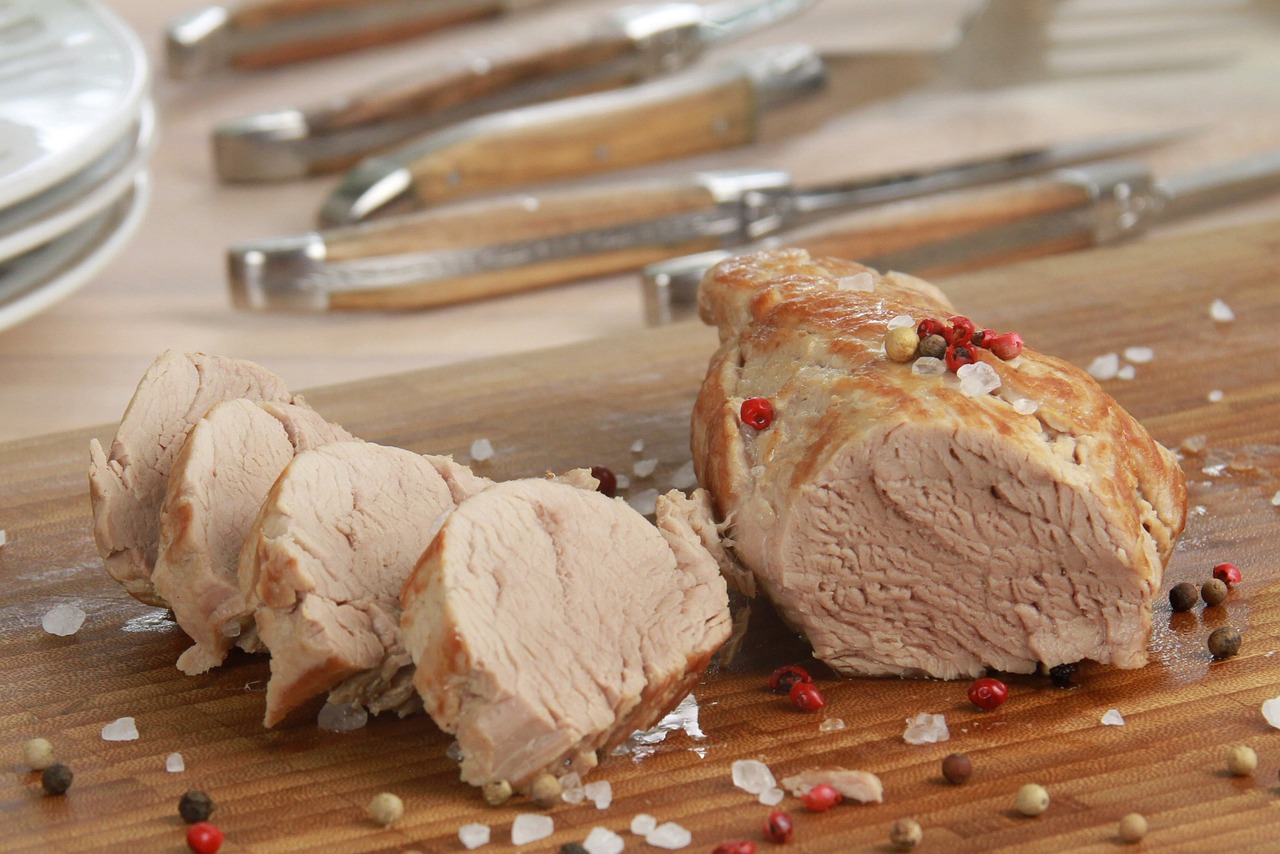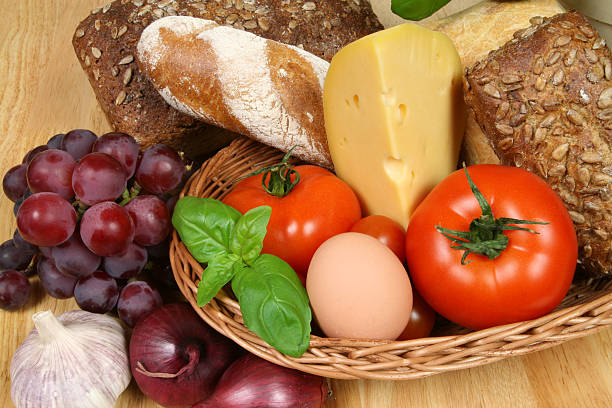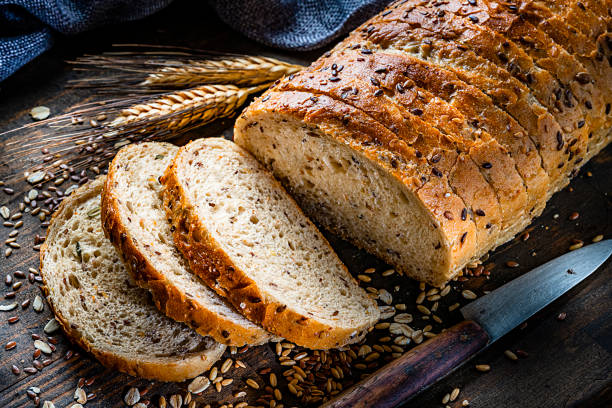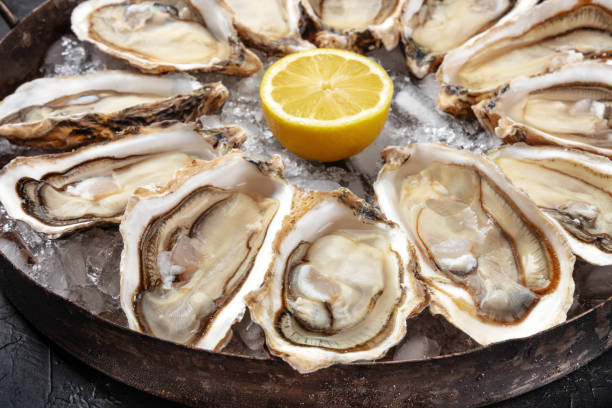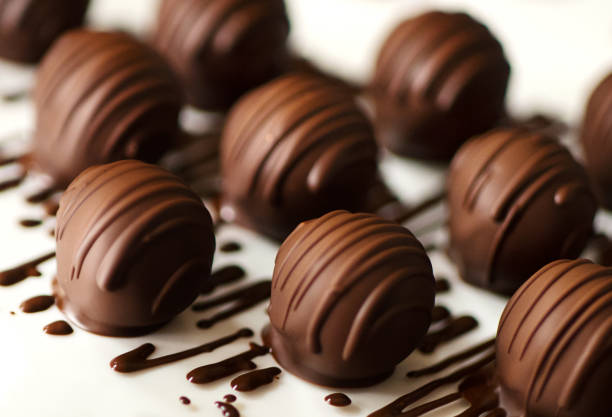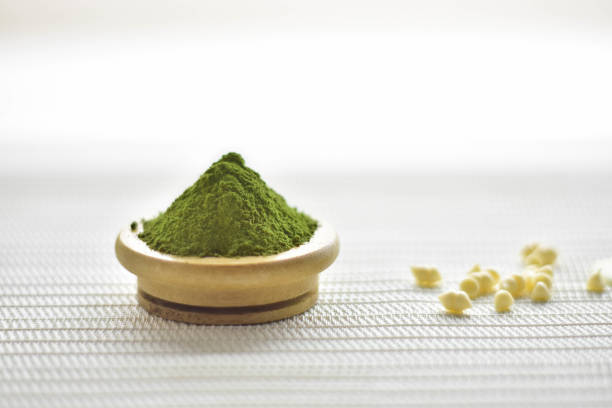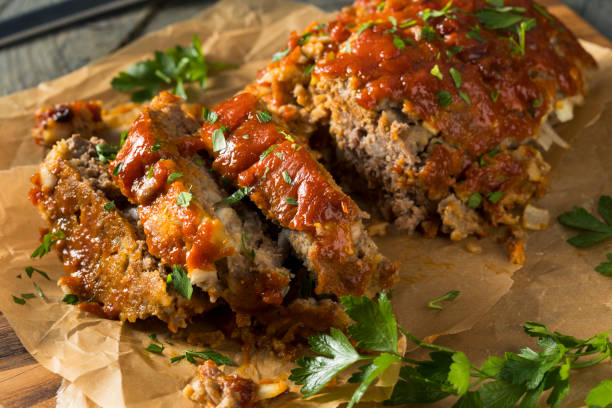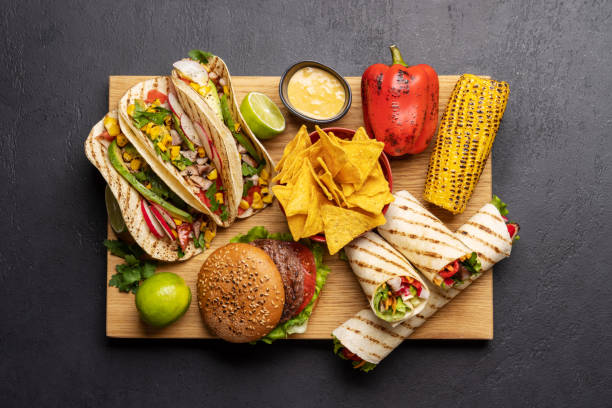When exploring the functionality and safety of microwave ovens, one of the most common inquiries revolves around the operational temperature—specifically, how hot does a microwave get? Unlike traditional ovens, which heat food by surrounding it with hot air, microwaves heat food through the use of microwave radiation. This process agitates water molecules within the food, generating heat through friction which cooks the food. As a result, the temperature inside a microwave doesn’t reach the same highs as conventional ovens. However, the food itself can become extremely hot, with temperatures varying based on the food’s composition and the cooking time. This introduction aims to demystify the operation of microwave ovens, offering insight into the science behind microwave cooking and its effects on food temperature.
History of the Microwave Oven
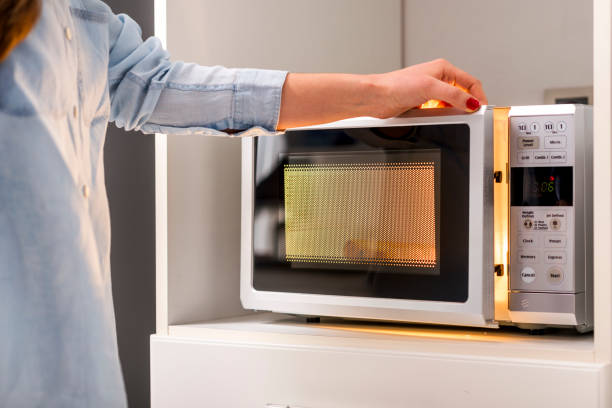
History of the Microwave Oven
| Year | Event |
|---|---|
| 1946 | Percy Spencer invents the microwave oven at Raytheon |
| 1947 | First commercial microwave oven called the “Radarange” weighs over 750 pounds and costs $5000 |
| 1967 | AFFORDABLE microwave ovens introduced for home kitchens |
| 1971 | Compact MICROWAVE ovens released for countertops |
| Today | Microwave ovens are UBIQUITOUS in most kitchens |
How Does a Microwave Work?
Microwaves use electromagnetic waves to generate heat through a process called dielectric heating. They contain a magnetron that produces microwaves, which are a type of non-ionizing radiation. When the microwaves enter the cooking chamber, they cause water molecules in food to vibrate rapidly. This vibration creates internal friction at the molecular level, heating up the food. Foods high in water content absorb microwaves well, while fattier foods with lower water content absorb less efficiently.
How Hot Does a Microwave Get?
Typical Standard Models: Most average home microwaves reach internal temperatures between 200-300°F when operating. However, they can heat some foods to temperatures exceeding 212°F, the boiling point of water. This allows cooking and steaming.
Maximum Temperature: Standard microwaves generally will not exceed 400°F in cooking mode. High-powered models may reach up to 650°F. Commercial models can hit temperatures from 300-1100°F.
Factors Affecting Heating
- Wattage – Higher wattage equals more heat. Home models range 600-1200W. Commercial models go up to 6000W.
- Cook time – Longer cook times increase temperature.
- Food composition – High water content absorbs more microwaves. Fat, sugar, and salt lower water content and reduce heating efficiency.
- Quantity – More food requires more energy to heat, potentially raising temp.
- Volume/density – Compact, dense foods may get hotter than lighter, fluffier items.
- Moisture content – Wetter foods absorb microwaves better. Drier foods heat unevenly.
- Placement – Outer areas of the carousel absorb energy first, leaving the center cooler.
Time-Based Temperature Milestones
When initially heating foods, microwaves display a predictable pattern of rising temperatures:
- 10 seconds – Reaches ~100°F
- 30 seconds – Approaches ~150°F
- 1 minute – Nears ~200°F mark
- 2 minutes – Up to ~250°F
- 5 minutes – Can exceed 300°F and begin boiling water
Of course, variables like wattage and contents impact these general time-based estimates. But they provide an overview of how quickly microwaves can heat up in day-to-day use.
Safety Precautions When Using a Microwave
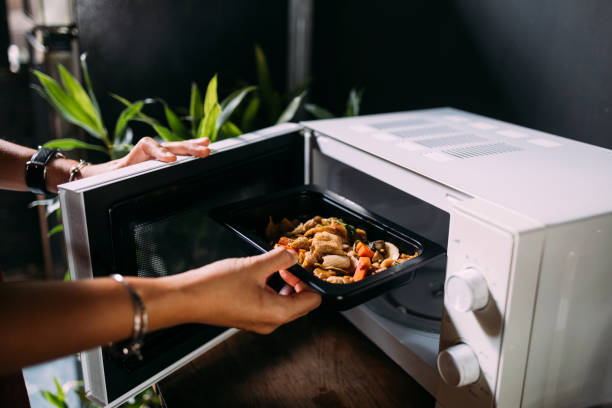
Safety Precautions When Using a Microwave
General safety:
- Use potholders – surfaces get hot!
- No metal containers – can cause arcing.
- Don’t microwave empty – fire risk.
- Don’t run with door open – exposure risk.
- Watch for superheated liquids – can erupt upon agitation.
Food-specific considerations:
- Reheating: Heat precooked food to 165°F.
- Cooking raw food: Cook to safe internal temperature.
- Check for hot spots – stir and rotate.
- Observe stand times – residual heat continues cooking.
Overheating warning signs:
- Smoke
- Sparking
- Burnt smell
- Super-heated erupting liquids
How Can You Prevent Overheating?
Safe practices like stirring, rotating, using lower power levels, checking food often, and not overcooking can prevent excess heat buildup. Allow standing time, and verify food has reached safe internal temperatures. Follow manufacturer recommendations, and don’t disable built-in safety features.
Why Don’t Microwaves Reach Oven Temperatures?
Microwaves utilize electromagnetic waves solely to vibrate and frictionally heat water molecules. They do not rely on surrounding hot air. Standard ovens can reach 350-500°F using heating coils/elements and circulating hot air. Microwaves work differently, so they do not get nearly as hot as oven cavities. However, microwaved food can occasionally exceed oven temperatures.
Additional Microwaving Considerations
Uneven heating: Microwaves often heat unevenly due to inconsistencies in food composition and placement. Mitigate this by stirring, rotating, covering, and allowing standing time for residual heat to spread.
Defrosting: Use lower power levels (30-50%) when thawing frozen items. Check regularly and allow standing time. Ensure food reaches safe temperature before consuming.
Limitations: Microwaves don’t brown or crisp foods well since they don’t rely on hot surrounding air. Combination microwave-ovens allow both microwave heating and convection cooking.
Advanced Features (optional)
Many modern microwaves include advanced features:
- Sensor cooking – Automatically adjusts time and power based on steam released.
- Inverter technology – Provides continuous, even heating rather than pulsating.
- Combination cooking – Allows microwave heating and convection baking.
Alternatives to Microwaving
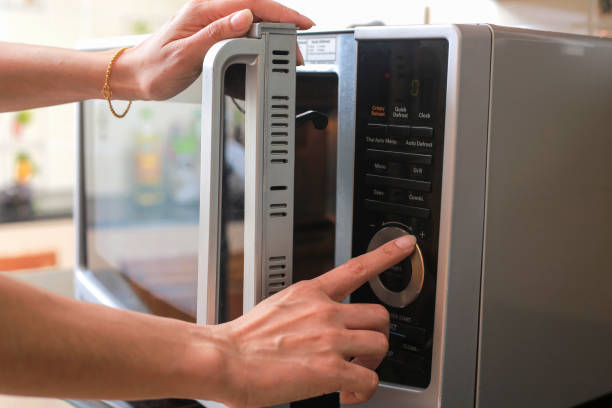
Alternatives to Microwaving
Other cooking methods like ovens, stovetops, or grills may be preferable when:
- Browning, crisping, searing, or charring is desired.
- More even heating is needed.
- You’re uncertain about a food’s microwave safety.
- You want to heat specialty cookware unsuitable for microwaves.
Conclusion: How hot does a microwave get
Understanding how hot microwaves become and which factors impact heating allows for their safe, efficient use. While microwave cooking provides convenience compared to traditional methods, caution is still needed. Following usage guidelines and recommendations reduces risks of overheating and other safety hazards. Appropriate power levels, cook times, quantities, and placements coupled with frequent stirring, rotating, and checking can prevent excess temperatures. Microwaves may not achieve oven-range temperatures, but improper use can still cause burns or fires. Being an informed consumer leads to positive experiences with this essential, eco-friendly kitchen appliance.

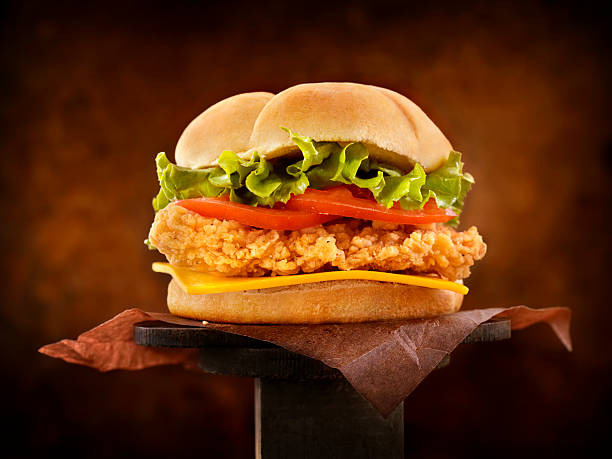
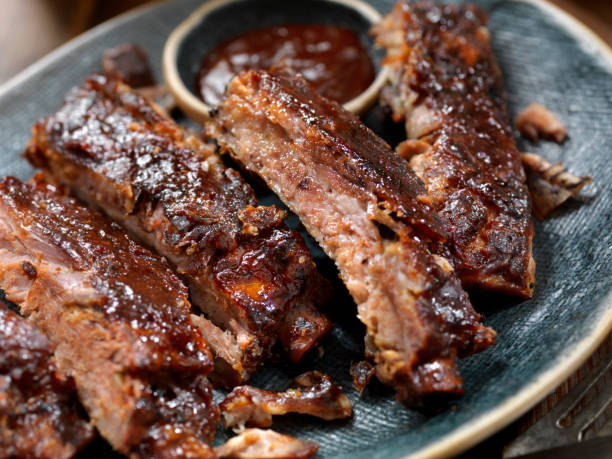

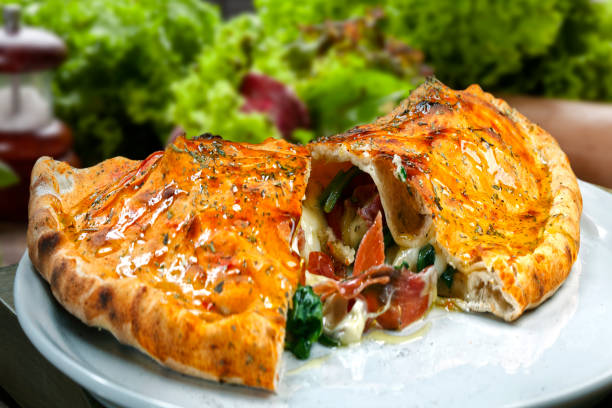
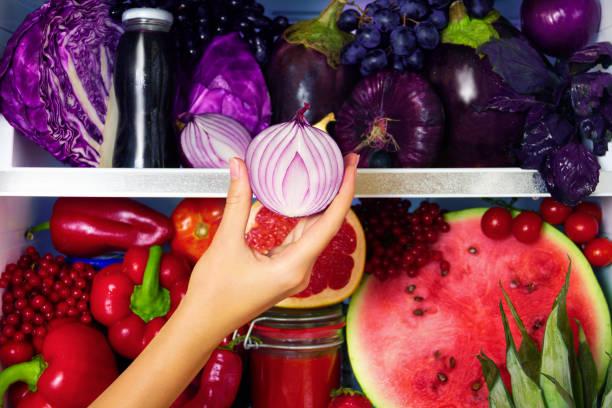
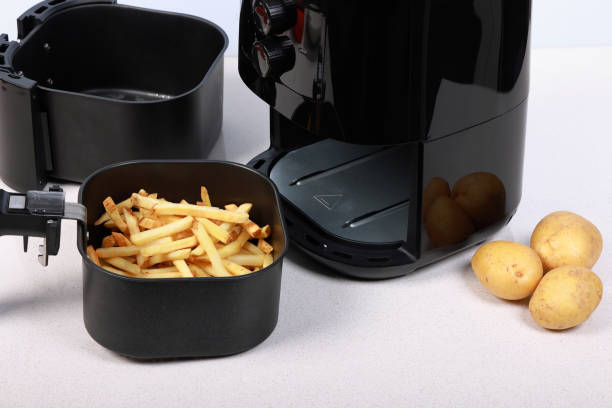
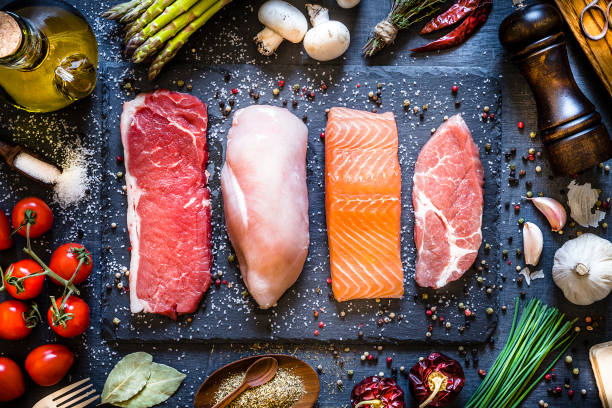
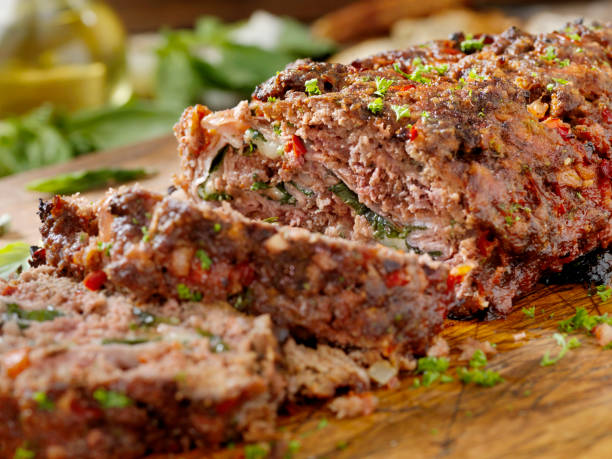
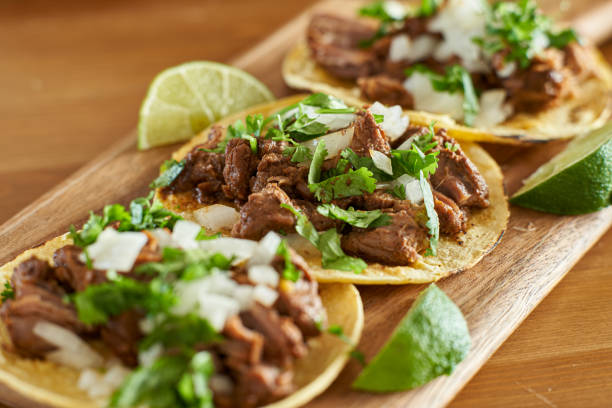
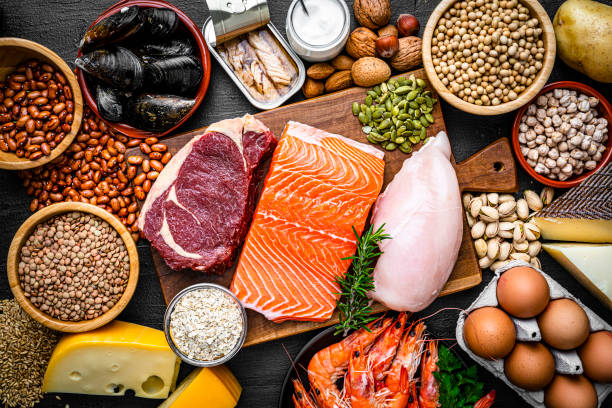
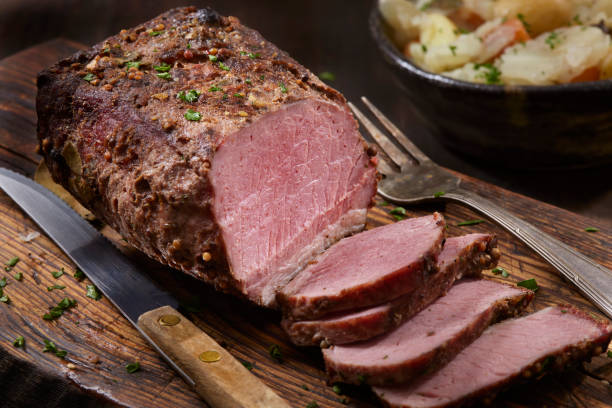
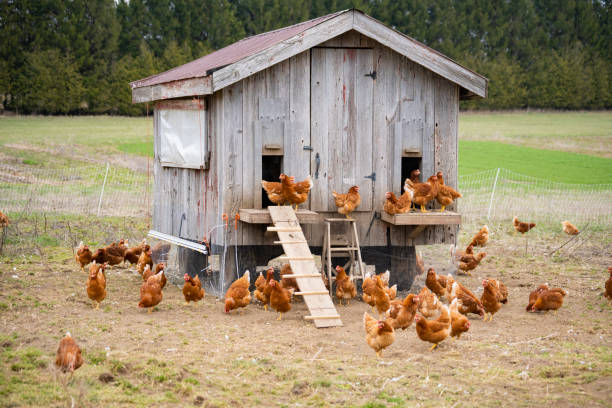
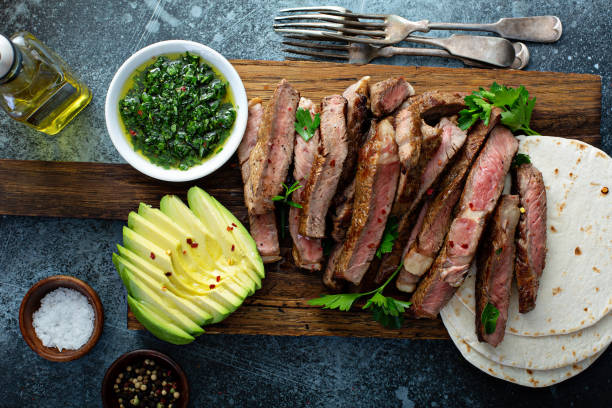

![America’s Best Wings Menu With Prices | Guides [Update 2023] America’s Best Wings Menu With Prices | Guides [Update 2023]](https://thesuntrapp.com/wp-content/uploads/2023/11/Screenshot-2023-11-16-020808.png)
